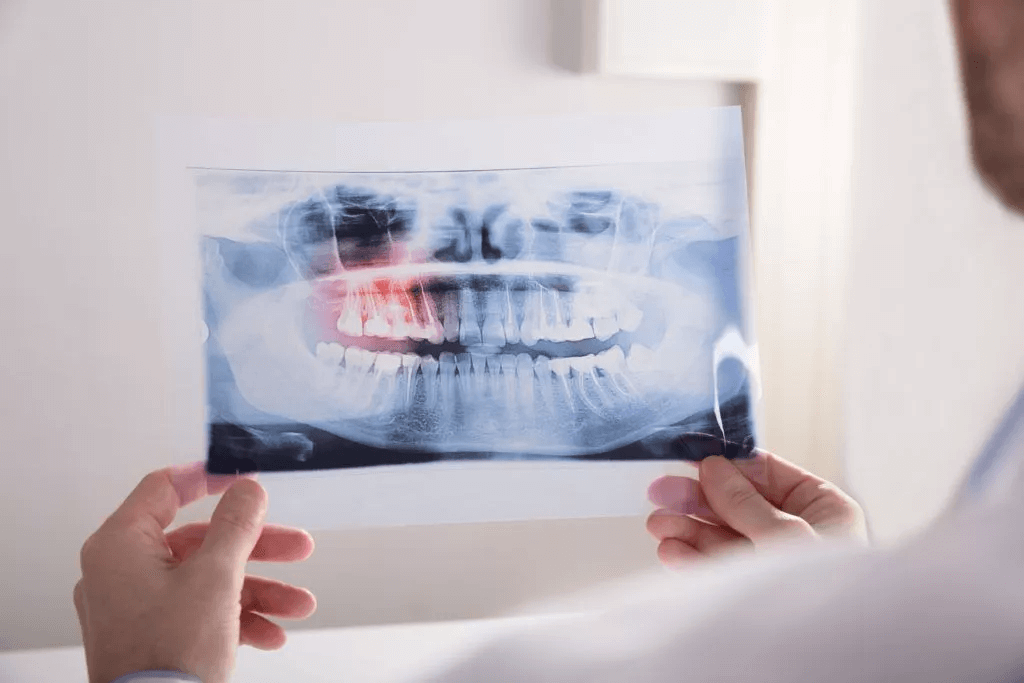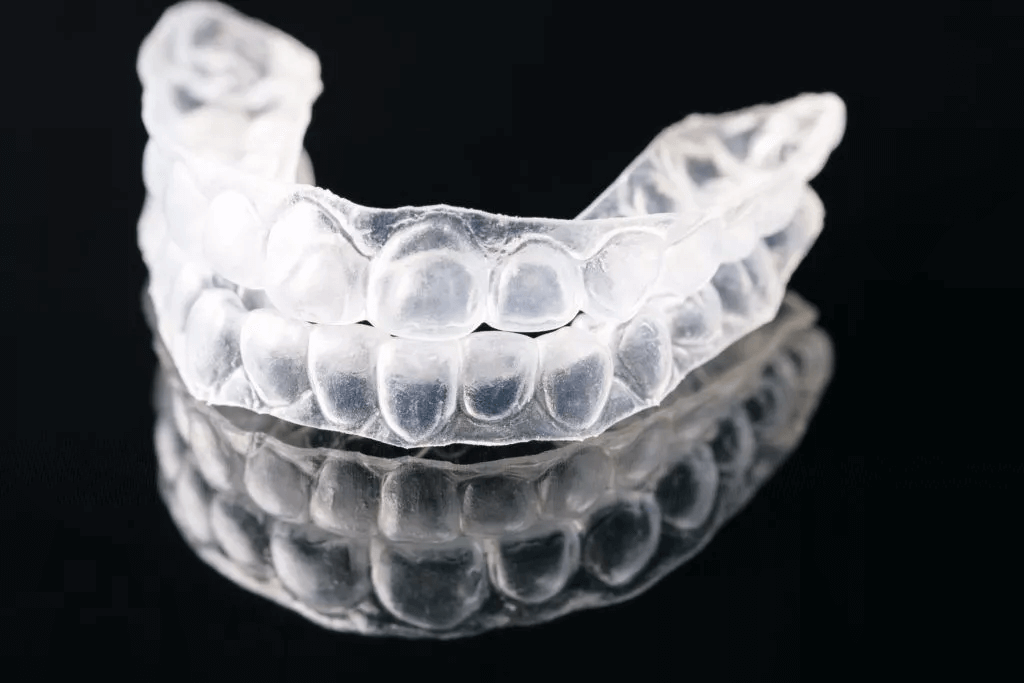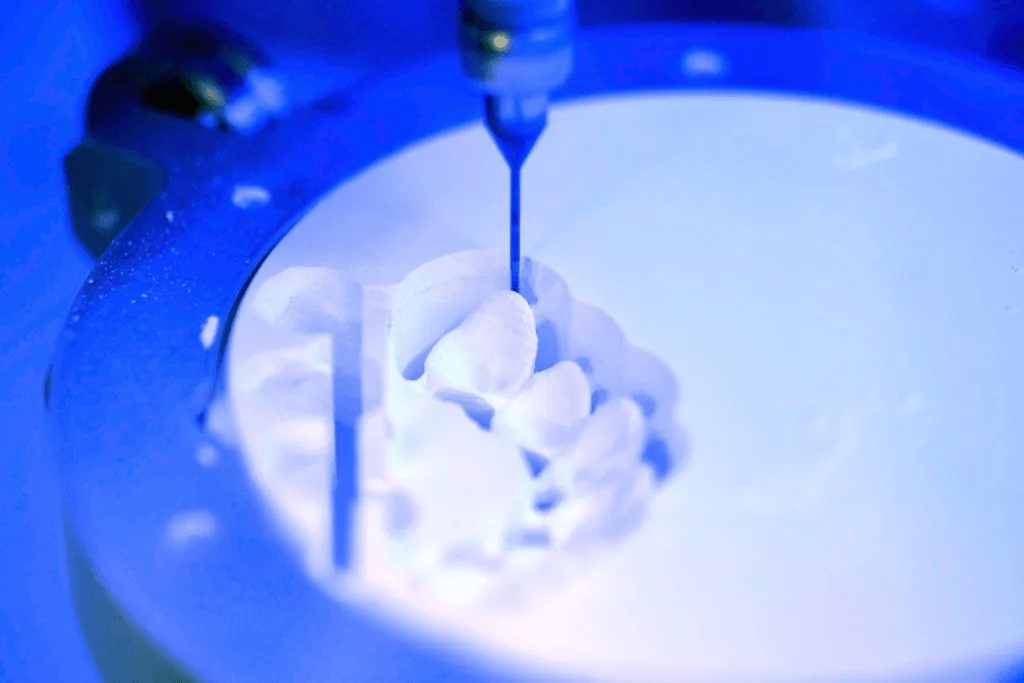Technology makes the world go round. Not only that, but it makes the world go round more efficiently and more pleasurably. Simply stated, technology makes life easier. At Fedorciw, Massoumi, & Guerette, we believe that life should be easy and so should visiting the dentist. Because of this, we offer our patients the best modern dental technology.
Recently, the role of technology in the dental office is becoming increasingly important, as most patients are looking for dental care that is fast, minimally-invasive, and effective. We at Fedorciw, Massoumi, & Guerette hear that, and we implement certain technological advancements that allow our approach to dentistry to be fast, minimally-invasive, and effective.
Some of the ways we offer our patients the best in dental technology is through diagnostics, treatment, and restoration options. Our office uses diagnostic methods such as digital dental x-rays, treatment anesthetics such as Kovanaze, treatment methods such as Invisalign, and restoration options such as same day crowns. Each of these offers an effective and easy alternative to traditional dentistry.
Digital Dental X-rays:
Dental x-rays are an essential diagnostic tool that allows our dentists to evaluate your teeth, jaw, and underlying bone structure. They can also be used to diagnose cavities or possible bone mass loss caused by gum disease. At Fedorciw, Massoumi, & Guerette, we use digital x-rays because they do not require film to process, can easily be enhanced or enlarged, and use less radiation than traditional x-rays.

There are two different types of x-rays that are performed in our office: intraoral and extraoral. Intraoral refers to x-rays that are taken of the inside of the mouth. Intraoral x-rays are used to detect cavities, examine your tooth roots and surrounding bone, check developing teeth, and oversee the health of your jawbone.
Intraoral x-rays can be obtained a number of ways. Some of the most commonly performed intraoral x-rays include:
- Bitewing: Used to check for cavities between teeth, you will simply bite down on a specialized paper. This viewpoint shows how well your top and bottom teeth match up.
- Occlusal: This also shows how well your top and bottom teeth match up, as well as detects any abnormalities with the top or bottom of your mouth.
- Panoramic: This viewpoint captures all your teeth in a single shot by rotating around your head. This type of x-rays is used for implant planning, the diagnosis of jaw problems, and to plan for wisdom teeth extraction.
- Periapical: This viewpoint focuses on two teeth. Specifically, it shows the teeth in their entirety, from crown to root.
Extraoral x-rays refer to those that are taken outside of the mouth, specifically of the jaw and skull. Extraoral x-rays are used to monitor the growth of the jaw in relation to teeth, identify impacted teeth, or to diagnose problems with the temporomandibular joint.
Kovanaze:
Kovanaze is a needless anesthetic for the upper teeth. Yes, you read that right. A dental anesthetic with no needles. For some, especially those with a strong distaste for needles, this invention is the best thing since sliced bread.

Instead of needles, Kovanaze is a nasal spray that is sprayed twice five minutes apart. Within 10 minutes your upper teeth and gums are completely numb, but you can still feel your lips and cheeks. It works by constricting nasal blood vessels and blocking nerve signals.
Kovanaze can be substituted for anesthetics in any dental procedure affecting the top, front teeth (#4-13). The effects of Kovanaze can last for up to 5 hours, however it only affects the teeth and gums, not the cheeks or lips. Kovanaze is completely safe and has been FDA approved for use as a dental anesthetic.
Invisalign:
Invisalign is a modern approach to orthodontics that uses removable, clear aligners to straighten crooked teeth. Instead of clunky metal brackets and metallic wires, Invisalign exerts pressure through interchangeable aligners to gradually align the teeth into the correct position.

The aligners must be worn full time and can only be removed when eating, brushing, or flossing. However, because they can be removed, they do not require any dietary restrictions and they often don’t cause the same types of mouth irritations that traditional metal braces do.
Also, because the teeth are moved by switching aligners rather than altering the archwire (as with traditional braces), there are fewer appointments needed during treatment. This is especially helpful for those with busy schedules, or for adults who are working. In fact, Invisalign is a popular choice for adult orthodontics because they are hardly noticeable, minimally-invasive, and don’t require the same amount of time with appointments as traditional metal braces.
Same Day Crown:
Same day crowns, also known as same day dentistry, are custom fabricated in our office while you wait. This means that there is no need for temporary restorations or dietary restrictions because you can leave with a permanent restoration in place. In addition to dental crowns, custom onlays and veneers can also be fabricated while you wait.

This is all thanks to our E4D Dentist™System which combines Computer-Aided Design (CAD) with Computer-Aided Manufacturing (CAM) technology. Using an intraoral scanner, our dentists will carefully scan the inside of your mouth to obtain an image that the computer will use with DentalLogic ™ software to design your restoration.
Then, this information is sent to the milling machine where several burs will custom fabricate your restoration in terms of type, size, shape, and texture. The restoration will then be glazed, polished and placed in an oven to get the right color. The entire process takes about 60-90 minutes.
Intraoral scanners:
Part of our E4D Dentist™System is our intraoral scanner. Intraoral scanners are a relatively new piece of dental technology that offers less waste, higher levels of patient comfort, and more detailed images to use for restoration fabrication. They are primarily used in coordination with same day crown treatment, but can also be used during the treatment planning stages of other restorative and orthodontic treatments.

Intraoral scanners are basically a small wand that is inserted into your mouth to obtain a number of images. They can capture as many as 2,000 frames per second and then these frames are compiled into a single, highly detailed image that our dentists can use for a variety of applications.
One main benefit of intraoral scanners for dental patients is that they eliminate the need for traditional dental impressions. Dental impressions, or plastic trays filled with a soft impression material that you bite into, are the traditional ways of obtaining anatomical information about the teeth and bite. However, with the introduction of intraoral scanners, you won’t need to bite down into another dental impression tray. Instead a scan can be taken of your mouth in a matter of seconds that provides even more information than a dental impression ever could.
Over the years, dental technology has undergone some huge advancements that have directly affected the experiences of dental patients. As you can see, the dental technology used at Fedorciw, Massoumi, & Guerette functions to make your dental experience more comfortable and enjoyable. As dental technology continues to advance, dental visits are only going to get easier. Nevertheless, a trip to the dentist is now more comfortable than ever.



